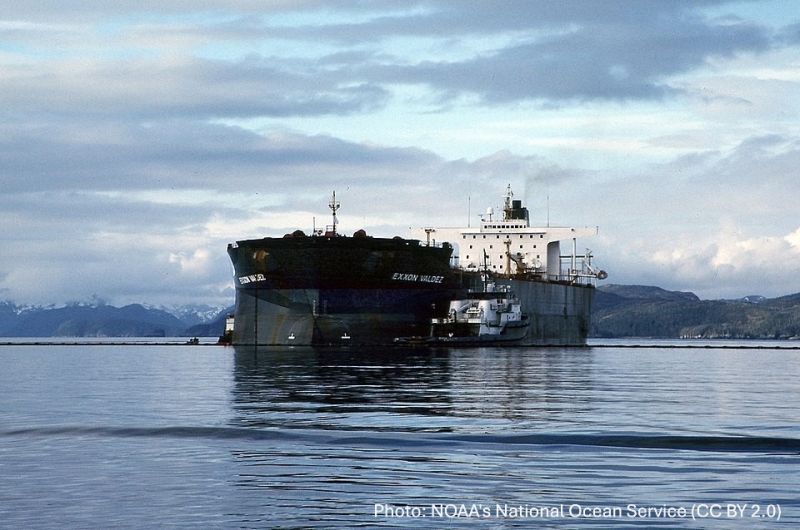


On March 24, 1989, at 12:04 a.m., the oil tanker Exxon Valdez ran aground on Bligh Reef in Prince William Sound, Alaska. Within hours, between 38,500 and 40,000 tonnes of crude oil spilled into the sea, directly polluting around 800 km of coastline—and up to 2,000 km when including the surrounding islands.
This disaster, one of the worst in U.S. history, caused the death of approximately 300,000 seabirds, long-term contamination of ecosystems, and residual pollution still detectable decades later.
The NTSB found that crew fatigue, officer error, poor oversight, and the absence of Captain Joseph Hazelwood—who tested positive for alcohol—were critical human factors in this catastrophe.
This incident spurred enforcement of SOLAS Convention Chapter V, Regulation 13, urging member states to deploy navigation aids per IALA guidelines based on traffic and risk.
It also redefined the purpose of physical AtoNs:
Later disasters such as the Erika (1999) and Prestige (2002) validated reforms initiated by Exxon Valdez, enabling:
Gisman supports this transformation with IALA-compliant maritime signaling solutions, including:
Across ports, coastlines, and remote areas, our technologies enhance route safety and help prevent maritime incidents.
The Exxon Valdez disaster remains a stark reminder: the sea tolerates no unpreparedness. Today, maritime signaling and technologies operate more quietly—because they work reliably, in service of safety and environmental protection.
← Back to blog